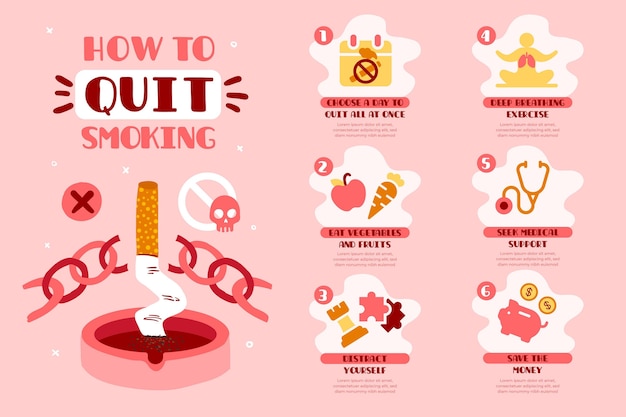
### Facts About Tobacco Consumption
Tobacco contains nicotine, a chemical named after the Nicotania tabacum plant, which got its name from a Frenchman named Nicot de Villemain. He introduced the plant to Paris in the 16th century. Nicotine makes up about 3% of tobacco’s dry weight and is mostly found in the leaves and roots. However, smaller amounts of nicotine can also be found in other plants like potatoes, tomatoes, eggplants, coca plant leaves, and green peppers.
Interestingly, in the late 17th century, nicotine was used as a pesticide due to its powerful anti-herbivore properties, which are especially lethal to insects. Nicotine sulfate was once the most potent botanical insecticide available for home gardeners. Because of its harmful effects on humans and its rapid absorption through the skin, the United States Environmental Protection Agency (EPA) banned nicotine-based pesticides in 2008.
### Effects of Tobacco Consumption
Nicotine can be highly toxic in large doses, ranging from 30 to 60 mg, and affects both humans and insects due to its neurotoxic properties. In smaller doses, such as the 1 mg found in a cigarette, nicotine acts as a stimulant.
While small doses of nicotine may not severely impact human health, higher doses can be very harmful. Tobacco consumption has numerous side effects.
#### Effects on the Nervous System
Nicotine primarily affects the nervous system. It can reduce appetite, relieve depression, boost mood, improve memory and cognition, and enhance brain activity. However, it also increases salivation, stimulates intestinal motility, raises blood pressure and heart rate, and can cause vomiting and nausea.
#### Nicotine Addiction
Just 1 mg of nicotine in a single cigarette can stimulate the brain enough to lead to addiction. When you inhale nicotine, it mimics neurotransmitters in the brain, deceiving neurons and taking the place of acetylcholine on its receptors. This produces an abnormal amount of dopamine, causing a feeling of euphoria. Once this euphoria wears off, you crave another cigarette to regain that sensation, leading to a cycle of increasing addiction.
#### Chronic Withdrawal Symptoms
Quitting smoking can lead to withdrawal symptoms ranging from mild to severe, including anxiety, intense cravings, depression, trouble sleeping, drowsiness, headaches, frustration, difficulty concentrating, and weight loss. These symptoms peak around 2-3 days after quitting. Smokers who consume more cigarettes or have done so for a longer time may experience more frequent withdrawal symptoms, which often prolongs their dependence on nicotine.
#### Detection and Testing
Numerous diagnostic methods can detect nicotine in the body. Once inhaled, nicotine is metabolized into cotinine in the liver and lungs, and is eventually expelled through urine. Cotinine, as well as nicotine, can be detected in saliva, urine, and blood.
### Duration of Nicotine in the Body
The length of time nicotine stays in the body depends on how much you smoke, the number of years you’ve smoked, and the type of nicotine test used. Nicotine can stay in your system from as short as 2 days to as long as 3 months.
#### Nicotine Blood Test
Both qualitative and quantitative blood tests can determine the presence and levels of nicotine in the blood. These tests detect not only nicotine but also substances like anabasine and cotinine, which can reveal even small traces of nicotine.
### How Long Nicotine Stays in Your Blood
After inhaling nicotine, it is metabolized into cotinine, which mixes with the blood. The liver then begins detoxification, a slower process compared to the kidney’s quicker waste-removal through urine. Nicotine can remain detectable in the blood for up to 1-3 days after stopping the use of nicotine products. Factors like the amount of nicotine used, age, and overall health can influence this duration. Cotinine levels might be detectable for 1-10 days.
False positive results in nicotine tests can occur due to high thiocyanate consumption, either from certain foods (like broccoli, cabbage, mustards, and almonds) or environmental exposure (such as working in metal refining) and certain medications.
### Overcoming Nicotine Withdrawal
Quitting smoking and overcoming nicotine addiction is challenging but achievable. Here are some ways to help clear nicotine from your body and minimize withdrawal symptoms:
1. Drink plenty of water to help flush nicotine out through urine.
2. Eat healthy vegetables and fruits, which contain high water and fiber content and act as antioxidants.
3. Exercise to help the body sweat out toxins and improve blood circulation.
4. Consume foods like onions, egg yolks, and garlic to boost bile production in the liver, aiding in the removal of toxins and nicotine.
Understanding how tobacco affects your body and how to manage withdrawal symptoms can help in the journey to quit smoking.